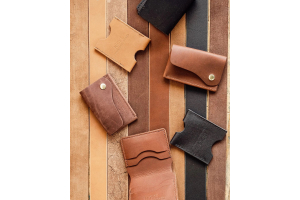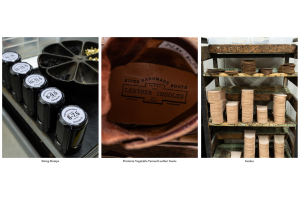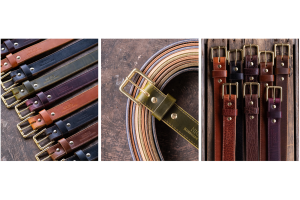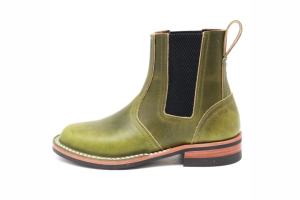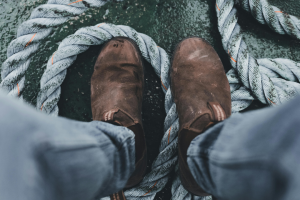Keep Your Leather Jacket Looking New: Tips For Proper Conditioning
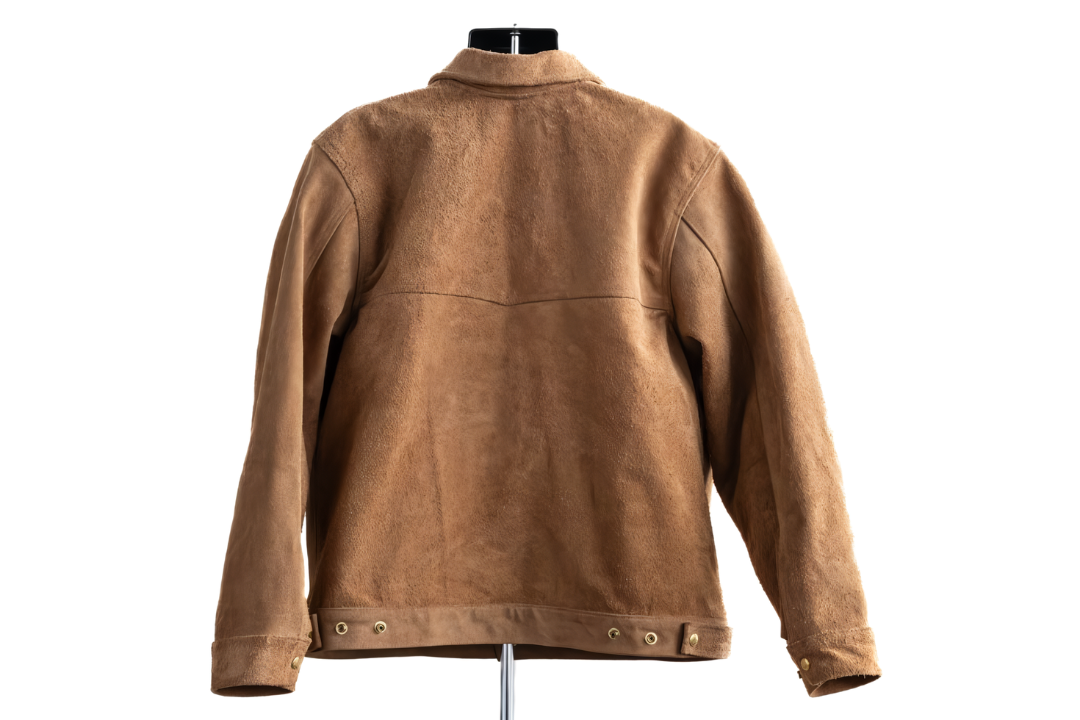
Key Takeaways:
- Conditioning Preserves Leather Longevity: Regular conditioning keeps your leather jacket soft, flexible, and resistant to cracking. Without proper care, leather can dry out and lose its durability over time.
- Use the Right Conditioner for Your Jacket Type: Not all leather conditioners work on every type of leather. Suede, roughout, and smooth leather each require specific products to maintain their texture and quality.
- Avoid Over-Conditioning and Improper Storage: Applying too much conditioner can make the jacket greasy, while improper storage can lead to damage. Store your jacket on a padded hanger in a cool, dry place for long-term care.
Does your leather jacket feel stiffer than it used to? Over time, exposure to the elements, body oils, and everyday wear can strip the leather of its natural moisture, leaving it dry, cracked, and faded. Just like skin, leather needs regular hydration and care to maintain its softness and rich appearance.
At Nicks Boots, we specialize in premium leather craftsmanship, and we know that a well-maintained jacket isn’t just a piece of clothing—it’s an investment. Whether you own a rugged roughout jacket built for durability or a sleek, polished leather coat, proper conditioning is key to preserving its quality. Your leather can age beautifully and last for decades with the right products and techniques.
In this guide, we’ll walk you through the best methods for conditioning your leather jacket to keep it soft, flexible, and looking as good as the day you bought it. By following these simple steps, you can protect your jacket from drying out, cracking, or losing its signature luster.
Why Conditioning Your Leather Jacket Is Important
A leather jacket isn’t just another piece of outerwear—it’s a statement of style, durability, and craftsmanship. But without proper care, even the highest-quality leather, like the Leather Patriot Type 3 Jacket or the Ranchman Jacket, can deteriorate, losing its natural oils and becoming brittle over time. Conditioning isn’t just about maintaining its appearance; it’s essential for preserving the leather’s integrity and flexibility.
Leather is a natural material that, like human skin, requires moisture to stay soft and supple. Neglecting it can lead to dryness, resulting in cracks, stiffness, and a dull, lifeless look. Regular conditioning helps replenish lost moisture, restores the leather’s rich texture, and protects against dirt, water, and daily wear.
By dedicating time to conditioning your jacket, you’re not just preserving its quality but enhancing its longevity. A well-maintained Leather Patriot Type 3 Jacket or Ranchman Jacket not only feels better but also develops a distinct patina over time, adding character and personality. Treating it with care today ensures it remains a timeless piece you can enjoy for years.


How Often Should You Condition A Leather Jacket?
Leather maintenance isn’t a one-time task—it’s an ongoing process that depends on how often you wear your jacket and the conditions it’s exposed to. In general, conditioning your leather jacket every 3 to 6 months is recommended to keep it soft and protected. However, if you live in a dry climate or wear your jacket frequently, you may need to condition it more often.
Signs that your jacket needs conditioning include a rough or stiff texture, visible cracks, or a faded appearance. If the leather starts looking dull or feels dry to the touch, it’s time to apply a conditioner. On the other hand, over-conditioning can clog the leather’s pores, making it feel greasy and reducing breathability—so it’s important to strike a balance.
A good rule of thumb is to observe how your jacket responds to wear and adjust your conditioning routine accordingly. Consider conditioning it sooner to prevent long-term damage if it’s exposed to rain, extreme heat, or cold weather. With the right care schedule, your jacket will stay comfortable, stylish, and durable for years.
Choosing The Right Leather Conditioner
Not all leather conditioners are created equal, and using the wrong product can do more harm than good. The best conditioner for your leather jacket depends on its type—smooth leather, roughout, or suede—and each requires different care. A high-quality leather conditioner should nourish the leather without leaving a greasy residue or altering its natural texture.
Look for conditioners made from natural ingredients like lanolin, beeswax, or mink oil. These help restore moisture while allowing the leather to breathe. Avoid products with harsh chemicals, silicones, or petroleum-based ingredients, as they can break down the leather’s fibers over time. Always test a small amount on an inconspicuous area before applying it to the entire jacket.
For jackets with a matte or roughout finish, opt for a specialized conditioner designed for nubuck or suede. Using a standard leather cream or oil on these materials can darken or change their texture. Choosing the right conditioner ensures that your jacket remains soft, flexible, and well-protected against the elements.
Step-By-Step Guide To Conditioning A Leather Jacket
Conditioning your leather jacket is a simple yet essential process that keeps it looking and feeling its best. Following the correct steps ensures that the leather stays soft, flexible, and protected against wear and tear. Here’s how to properly condition your jacket for long-lasting durability:
Step 1: Clean The Jacket First
It is important to start with a clean surface before applying any conditioner. Dirt, dust, and oils can prevent the conditioner from absorbing properly, leading to uneven results. Cleaning the jacket first ensures that the leather can fully benefit from conditioning.
Use a damp, soft cloth to wipe down the jacket and remove surface dirt. If there are deeper stains or built-up grime, apply a leather-specific cleaner using a clean cloth or soft-bristled brush. Allow the jacket to air dry completely before moving to the next step—never use direct heat to speed up the drying process.
Step 2: Test The Conditioner On A Small Area
Leather can react differently to conditioning products depending on the type of leather used and the ingredients used in the conditioner. Some products may darken the leather or alter its texture, so it’s always best to test first. This precautionary step ensures your jacket won’t be affected if the conditioner isn’t a perfect match.
Choose a hidden area on the jacket, such as the inside of a cuff or the bottom hem, and apply a small amount of conditioner. Let it sit for about 15-20 minutes, and check for any unwanted changes in color or texture. You can proceed confidently if the leather absorbs the product well without discoloration.
Step 3: Apply A Small Amount Of Conditioner
Using the right amount of conditioner is key to maintaining a balance between nourishment and breathability. Applying too much product can clog the leather’s pores, making it greasy or sticky. A light, even application ensures that the leather remains supple without feeling heavy.
Take a soft, lint-free cloth or use your fingers to apply a thin layer of conditioner to the leather. Work in small circular motions, covering one section at a time to ensure even absorption. Avoid oversaturating the leather—less is more when it comes to conditioning.
Step 4: Let The Leather Absorb The Conditioner
Once the conditioner is applied, it needs time to soak into the leather fibers. This step helps replenish lost moisture, restoring the jacket’s flexibility and preventing cracks or stiffness. Rushing this process can lead to uneven absorption and leave residue on the surface.
Let the conditioner sit for at least 15-30 minutes, allowing the leather to absorb the moisture naturally. If the jacket still appears dry or stiff after this time, apply a second light coat rather than overloading it all at once. Patience in this step ensures the best results for long-term leather care.
Step 5: Buff And Polish For A Smooth Finish
Buffing the leather after conditioning helps distribute the product evenly and restores the natural shine. It also removes any excess conditioner that wasn’t fully absorbed, preventing a greasy or sticky feel. This final step enhances the leather’s appearance and texture.
Use a clean, dry microfiber cloth to buff the surface gently in circular motions. Pay extra attention to seams and creases where excess conditioner may have settled. The goal is to achieve a soft, polished look without leaving any heavy residue behind.
Step 6: Store Properly After Conditioning
Proper storage plays a major role in maintaining your jacket’s conditioned state. Heat, humidity, and improper storage methods can cause leather to dry out or develop creases. Storing it correctly helps prolong its lifespan and preserve its shape.
Hang your jacket on a sturdy, padded hanger to prevent wrinkles and distortions. Keep it in a cool, dry place away from direct sunlight or heat sources, as excessive heat can dry out the leather. If long-term storage is needed, use a breathable garment bag rather than plastic to allow airflow while protecting it from dust.
Common Mistakes To Avoid When Conditioning Leather
Even with the best intentions, it's easy to make mistakes when conditioning a leather jacket. Using the wrong products or improper techniques can lead to discoloration, stiffness, or long-term damage. To keep your jacket in top shape, avoid these common conditioning mistakes:
- Over-Conditioning the Leather: Too much conditioner can do more harm than good, making the leather feel greasy and clogging its pores. Leather needs to breathe, and excessive conditioning can prevent it from absorbing moisture naturally. Instead of frequent applications, stick to a conditioning schedule every 3 to 6 months unless the leather looks noticeably dry.
- Using the Wrong Conditioner: Not all leather conditioners are suitable for every type of leather. Products containing petroleum, silicone, or waxes can alter the jacket’s texture, darken the leather, or cause buildup over time. Always choose a high-quality, leather-specific conditioner and test it on a hidden area before applying it to the entire jacket.
- Skipping the Cleaning Step: Applying conditioner to a dirty jacket locks in dirt, oils, and grime, preventing the leather from fully absorbing moisture. Without proper cleaning, conditioning can lead to uneven patches and a dull finish. Before conditioning, always wipe down your jacket with a damp cloth or mild leather cleaner to ensure maximum absorption.
- Not Allowing the Leather to Absorb Properly: Rushing the conditioning process can leave the leather feeling sticky or unevenly treated. The conditioner needs time to fully soak into the fibers, restoring moisture and flexibility. Let it sit for at least 15-30 minutes before buffing off any excess product for a smooth, natural finish.
- Using Heat to Speed Up Drying: Leather should always dry naturally, as artificial heat sources like hairdryers or direct sunlight can cause it to dry out too quickly. Rapid drying removes essential oils from the leather, leading to cracks and brittleness. Instead, allow your jacket to air-dry at room temperature in a cool, shaded area.
- Storing the Jacket Incorrectly: Improper storage can undo all your conditioning efforts by causing wrinkles, dryness, or mold growth. Folding or stuffing a leather jacket into a cramped space can create permanent creases and distort the shape. Always hang it on a padded hanger and store it in a well-ventilated, dry area to maintain its structure and longevity.
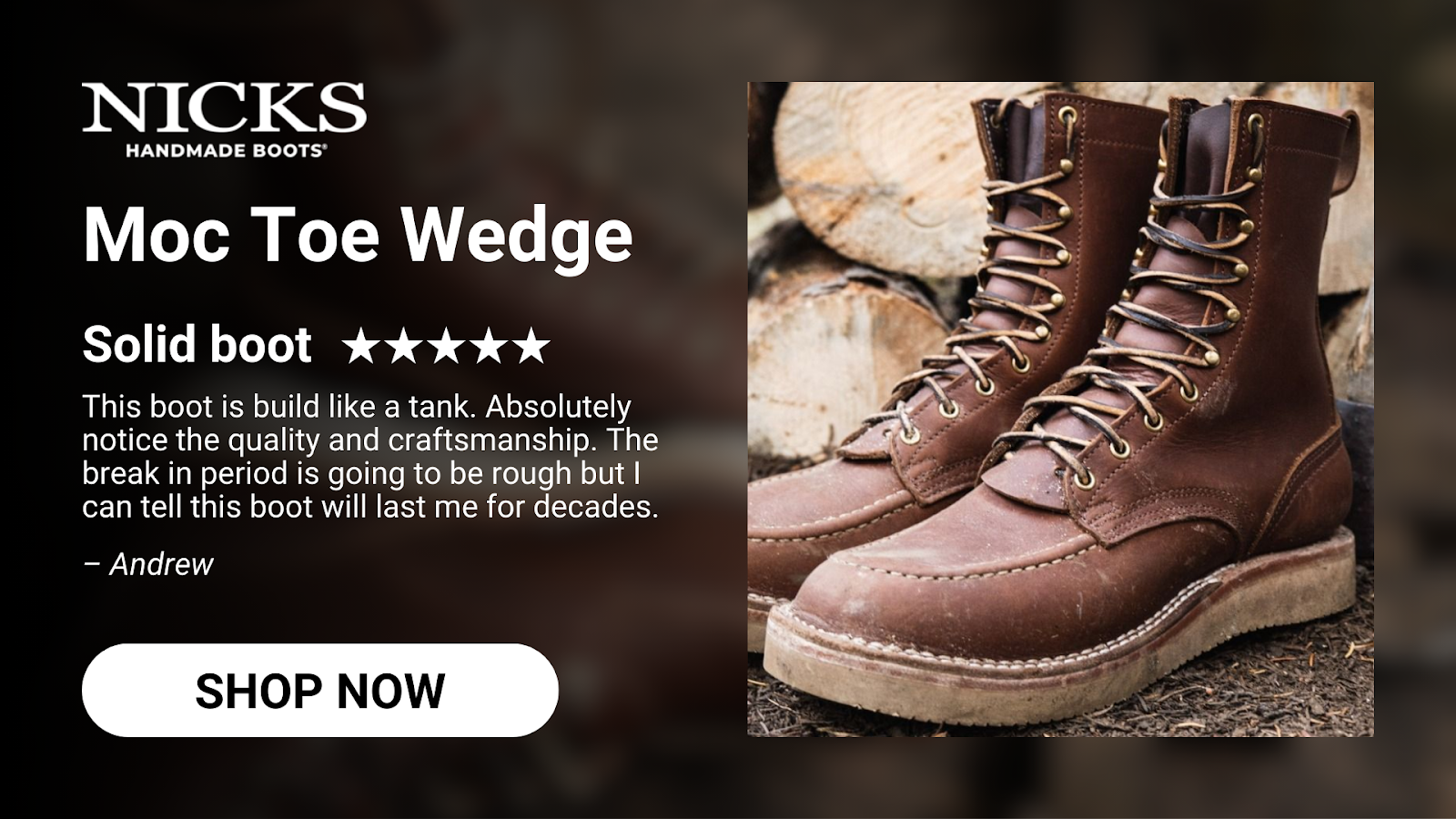

Final Thoughts
A leather jacket is more than just a fashion statement—it’s a commitment to quality and longevity. Proper conditioning isn’t just about maintaining its appearance; it’s about preserving its integrity, ensuring it remains soft, flexible, and resistant to wear. Like any natural material, leather requires care to prevent drying, cracking, or premature aging. By investing in the right products and a consistent maintenance routine, you’re not only protecting your jacket but also enhancing its character. A well-cared-for leather jacket doesn’t just last—it evolves, becoming a signature piece that tells a story with every wear.
Read also:
Frequently Asked Questions About How To Condition Leather Jacket
Can I use household oils like olive oil to condition my leather jacket?
No, household oils like olive oil can clog the leather's pores and create an uneven finish. Over time, they may also go rancid, causing an unpleasant smell. It's best to use a dedicated leather conditioner designed for jackets.
How do I know if my leather jacket needs conditioning?
If your jacket feels stiff, looks dry, or has visible cracks, it likely needs conditioning. Another sign is if water stops beading on the surface and gets absorbed instead. Regular conditioning helps maintain its softness and durability.
Can I use a leather conditioner on all types of leather jackets?
Not all leather conditioners work on every type of leather. Suede and nubuck require specialized products that won’t alter their texture, while smooth leather benefits from cream or oil-based conditioners. Always check the product label before applying.
Is there a way to condition my leather jacket without making it shiny?
Yes, some conditioners are designed to restore moisture without adding extra shine. Look for a matte-finish leather conditioner, or use a very thin layer to avoid an overly glossy appearance. Buffing with a dry cloth can also help control shine.
Can conditioning remove scratches from my leather jacket?
Minor surface scratches may become less noticeable after conditioning because the leather regains moisture and flexibility. However, deep scratches or scuffs may require professional repair or a leather restoration balm. Regular conditioning can help prevent new scratches from forming.
Does conditioning a leather jacket make it waterproof?
Conditioning does not make leather fully waterproof, but it can provide some resistance to moisture. If you want extra protection, consider applying a leather waterproofing spray after conditioning. However, avoid over-applying products, as they may affect the leather’s breathability.
What should I do if my leather jacket feels sticky after conditioning?
If your jacket feels sticky, it means too much conditioner was applied or it wasn’t fully absorbed. Use a clean, dry cloth to buff off any excess product, and let the jacket sit in a cool, ventilated area. Next time, apply a smaller amount and let it absorb naturally.
Can I use heat to speed up the drying process after conditioning?
No, heat can cause the leather to dry out too quickly, leading to cracks and stiffness. Always let your jacket air dry at room temperature in a shaded area. Avoid using hairdryers or placing them near radiators.
How can I make my leather jacket smell fresh after conditioning?
If your jacket develops an odor, let it air in a well-ventilated space for a few hours. You can also place it in a breathable garment bag with a sachet of baking soda or cedarwood to absorb any lingering smells. Avoid using sprays or perfumes directly on the leather.
Can I wear my leather jacket immediately after conditioning?
It’s best to let the conditioner absorb fully before wearing your jacket. Wearing it too soon can transfer excess product onto clothing and create an uneven finish. Give it at least a few hours to set properly before use.
